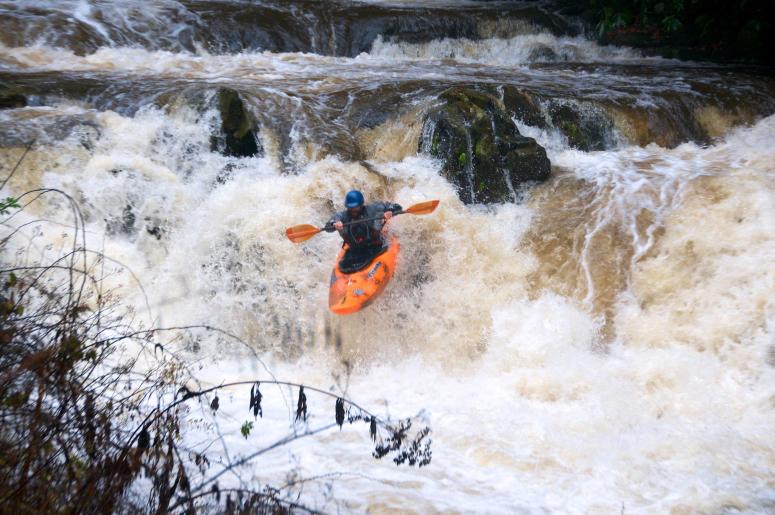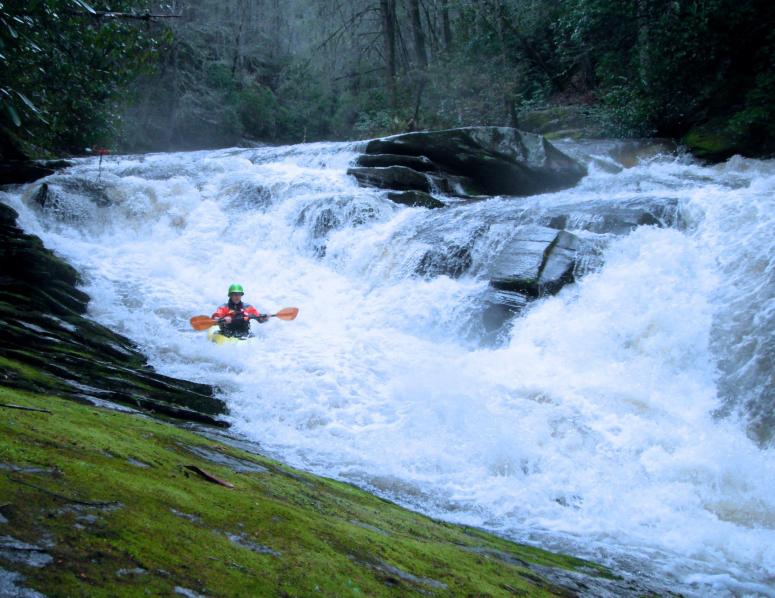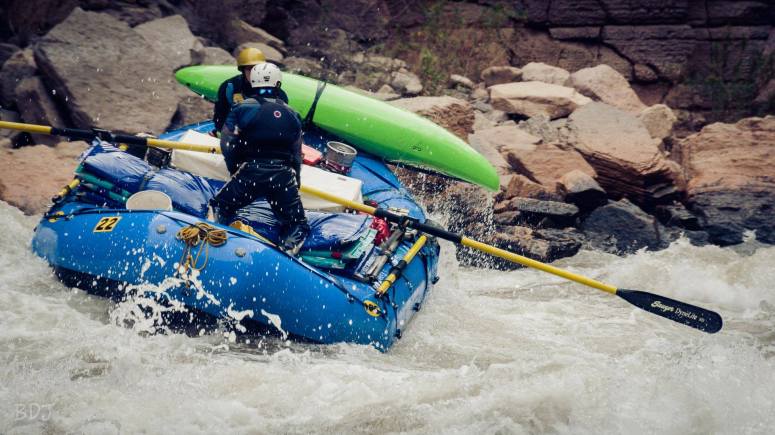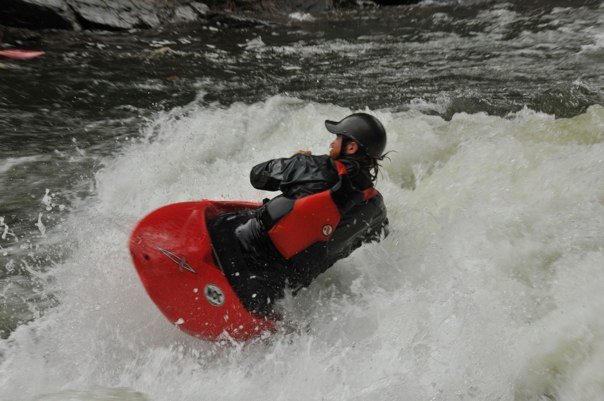You scout the drop; pushing still wet rhododendron leaves off your face as you scramble the muddy bank back down to your boat. Once you know safety is set and it’s your turn, you peel out of the eddy, see the dip in the horizon line and aim for it. As you drop into the rapid you take a stroke, then a sleep rocks bumps your line but you throw in a perfect brace and recover in time to make the crux move. By the time you nail the final boof and land in the eddy with your friends, you remember there are other people out there. It seemed like an eternity, but the twenty seconds it took for you to enter a state of flow didn’t go by any slower than usual.

Most of us who kayak, or chase any other physical sport, have entered a state of flow at some point in our pursuit of the activity. The flow state, first defined by Mihaly Csikszentmihalyi in the 1980’s and 90’s, is the perfect union between challenge and skill.
As kayakers, we know too often the feeling of anxiety in our sport. We are natural challengers, and we challenge ourselves every chance we get to be better. Skill is important, and often we find ourselves pushed a tiny bit beyond our skill set, causing anxiety. But at some point we’ve all found the perfect balance between the level of challenge being high but our skill set also being high, high enough to meet the challenge. The resulting experience, unlike anything we experience in the rest of our lives, is enough to create an addiction to kayaking.

Clear goals, immediate feedback (knowing whether or not you are doing an activity correctly), no worry of failure, lack of self-consciousness, a distorted sense of time, and the activity being an end in itself are the hallmarks of being a flow state as discovered by Mihaly. The nature of sports provides all the perfect opportunity for all these to merge in a perfect storm of flow. Kayaking especially can deliver this experience. Goals are clear (make the eddy, peel out perfectly, nail the boof) every step of the way, feedback is immediate (I’m still upright, whew!), and often we lose our self awareness once we’re in the rapid (my mouth is open in the photo? I don’t remember that…).
When Paul and I ran Lava I remember the state of flow as it happened. We entered the rapid exactly where we wanted to be; Paul was on his post holding onto a tether and I was pulling. I couldn’t see what was coming, but Paul talked me through every move we had discussed, and then some new ones. We punched the first wave exactly where we wanted, but then I didn’t pull fast enough to avoid the meat of the holes. The first hole we were t’d up for perfectly, but then as we crested it we spun a bit and started to head into the second one a little off centered. Paul and I both rushed to high side without a word. I dropped my oars, threw my body against the upper tube, then sat back down and grabbed the oar almost exactly where I had left them. I got us straightened back out for the final wave, then we screamed in ecstasy as we crashed through the waves.

Lava is about a ten second run, but to me it was an eternity. There was nothing else in the world except for Paul and I, and my oars. I felt so badass and competent that I couldn’t fathom never rowing again.
The only other place I’ve ever encountered such a feeling of flow is on a line in a kitchen. When I worked at the bakery, James and I often entered what is most commonly described as a dance. We could handle a rush of orders for hours, moving around each perfectly and finishing dishes in unison without a word. Time speeds by, there’s no one else in our worlds, and the rush is addicting.

Perhaps as kayakers we push ourselves and increase the challenge because as our skills improve the challenge must also increase to allow us to enter a state of flow. There are several schools of thought on whether or not one can control when they enter a state of flow. Those who think we can claim we can enter flow simply by adjusting either the challenge or our level of skill. Personally I’ve never been able to achieve flow on purpose, but if I could, I’m sure I’d be chasing it everyday.
If anyone else has a great story or points to add to this discussion on flow, feel free to comment below!


well put, thanks for sharing